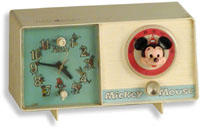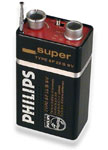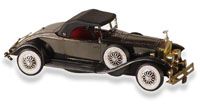
|
Radios as Promotional Items
|
| Let's go back to the aforesaid: Radiostations in Europe are originally government run while in the U.S. they are privately operated. Thus, for the latter, advertising was a major consideration right from the beginning, even if a station was owned and controlled by a radio manufacturer. This difference in approach towards broadcasting, together with divergent views with regard to the conduct of business on the whole, is also reflected in the radios proper. Another factor in this development is the fact that a the critical time when radiostations evolved, namely in the early '20s, Europe was still recovering from the first world war. All these are reasons why the radio became subject to mass production much earlier in the U.S. then elsewhere. It also explains the early and more frequent appearance of radios designed to be promotional objects. With the advent of solid-state circuitry, production of a good portion of these radios moved to the Far East. More pictures... |
|
Radios for Children
|
 |
A radio is definitely not suitable for toddlers - still, some manufacturers saw the small fry as a promising market segment. As clearly demonstrated at the valve-type radio with the station tuning knob disguised as the mouth of Micky-Mouse, in the early stages only appearance mattered. Absolutely not suitable for small children. The wooden Peter-Pan radio of the early '30s was "carved" to make it more kid-friendly. Only transistorized radios of a later date, some of them specifically designed for the intended users, are truly not dangerous. Here too, initially production and later on innovations, move to the Far East. More pictures... |
 |
|
Radios for "Grown-Up Kids"
|
23.mar.2005 04.apr.2005 01.nov.2025






